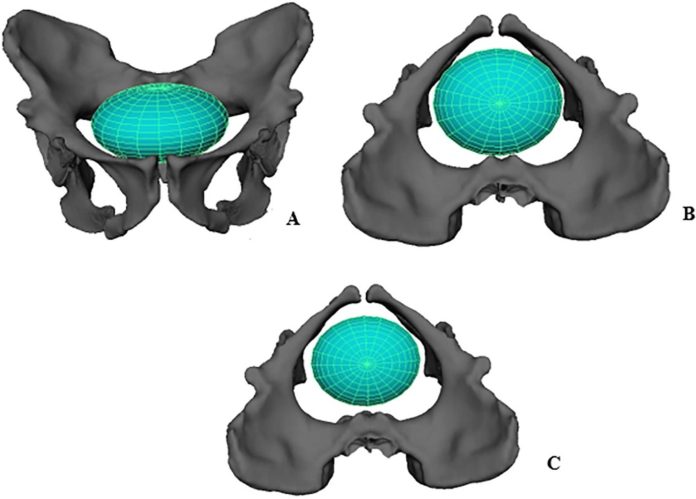For some ladies, labor is a long, painful, and difficult process. Earlier research has suggested the reason labor is so more difficult in humans compared to apes or different animals is that we evolved to walk upright and because our children have large heads.
As humans developed an upright gait, our pelvises changed in manners that made the birth canal narrower. During birth, an advanced human child must turn in the womb several times as it is pushed through the birth channel by the pelvic muscles.
Chimpanzees give birth in short order and appear to experience very little pain. In this new study, scientists have discovered that one of our ancient ancestors likely had a much easier time giving birth than modern humans.
Wondering about the birth experience for one of our ancestors, Australopithecus sediba, scientists created a 3D representation of an A. sediba pelvis using imagery from several fossils.
While they were at it, they likewise made 3-D representations of Australopithecus afarensis and Homo erectus. What’s more, for additional comparison, they additionally created 3-D images of an advanced human and a chimpanzee pelvis.
To examine the degree of difficulty of giving birth, the analysts additionally included baby human skull-sized objects to the 3-D images as they would typically sit in the birth canal.
Scientists reported that the size of the A. sediba birth canal was quite large compared to the size of the skull of the baby that would need to pass through it. They suggest this indicates that compared to modern women, A. sediba would have had a much easier time giving birth.
Scientists also note that contrary to popular belief, the evolution of the birth canal was not a clearly defined path from big to small—prior research has shown that an earlier ancestor, Lucy, (Australopithecus afarensis) likely had painful childbirth.
